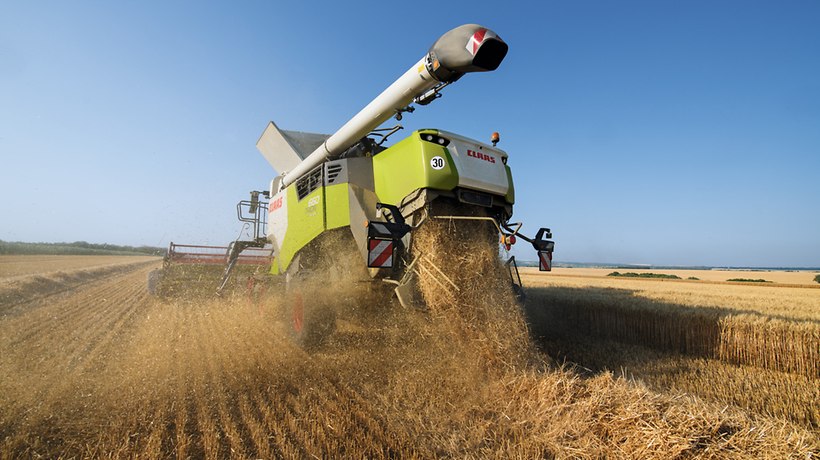

Why is there straw here – and why is it not being processed?
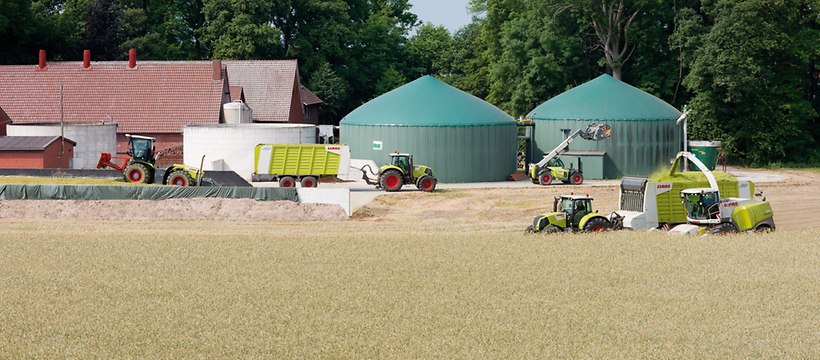
Is it really just bedding or is it a key part of a modern nutrient cycle? There are still many myths attached to straw, so it’s time to clear some of them up.
Myth 1: Making use of crop residues has a negative effect on the nutrient balance
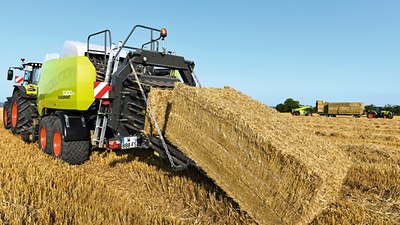
False! Many people will be familiar with the instinctive desire to keep all the nutrients on the farm. “It’s true that the first thing you will ask yourself is why you should take the nutrients away,” says Moritz Lücking, Product Marketing Manager Combines at CLAAS. But, as he explains: “You always have to think about the cycle.” If the crop residues are used in a biogas plant, the nutrients remain in the digestate. “This means that in 2024 I put back into the soil the nutrients I took away in 2023,” he says. And not only that: the nutrients in the digested substrate are more readily available to plants than if they are worked into the soil directly. “The nutrients come back with added value.”
In addition, removing the straw can give you more flexibility when you are fertilising the next crop. “Removing the straw pays off when it comes to the fertiliser balance,” explains Lücking. It gives you more leeway when it comes to fertilising later on. Once the straw has been removed, the nutrient levels are lower. “This allows you to make more targeted use of fertiliser and to respond more flexibly,” says Lücking.
Myth 2: Hybrid combine harvesters make poorer quality straw
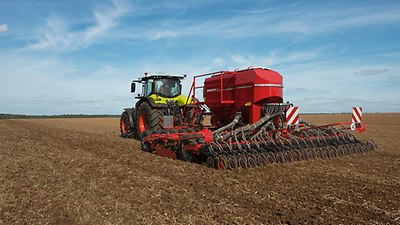
False! The misconception still persists that hybrid combines generally make worse straw because of the higher mechanical stresses on the crop and, as a result, the straw is more difficult to bale. CLAAS recently demonstrated in a student’s bachelor dissertation that a high-throughput hybrid combine can produce straw of equivalent quality to that of a straw walker machine and with little wastage due to disintegration.
Myth 3: Removing the straw is harmful to the next crop
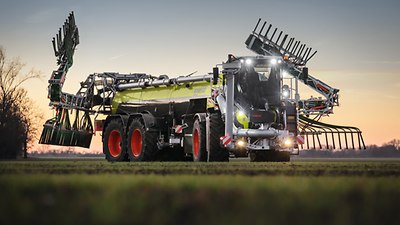
False! This myth has arisen because at first glance you might think that removing harvest residues would mean a reduction in the amount of nutrients available. But it is easy to overlook two important points. One concerns the use of harvest residues: there is no chance of creating the mats of straw that often form when large quantities of grain maize and cereal straw are worked into the soil. In addition: “When the straw rots in the ground, the microorganisms responsible for this process extract nutrients from the soil,” explains the expert from CLAAS. These nutrients are then no longer available to the growing plants. Furthermore, the removal of straw also does no harm to the long-lasting humus. “When the straw breaks down in the ground, the amount of long-lasting humus that forms is no more than when the products of anaerobic digestion or manure are applied to the soil,” says Lücking.
Myth 4: Special equipment is needed for grain maize straw
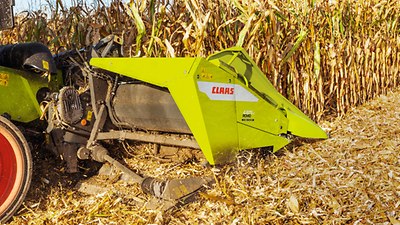
False! Many farmers overlook the benefits of grain maize straw and focus only on the cobs, or are unwilling to buy special equipment. It is true that specialised machinery is available, but it is more resource-efficient to use existing equipment. The new ROVIO maize picker with horizontal choppers and the CORIO STUBBLE CRACKER leave behind a completely level surface. This makes it possible to gather the remaining maize straw into swathes with the LINER swather without damaging the equipment or contaminating the straw unnecessarily. After this it can be taken up and chopped with the PICK UP of the JAGUAR. Then the JAGUAR can transport it all to the biogas plant. “This makes more efficient use of the equipment,” explains Lücking. “Otherwise I would only use the JAGUAR to harvest silage maize. When it was time to harvest the grain maize, the JAGUAR would be in the barn.”






